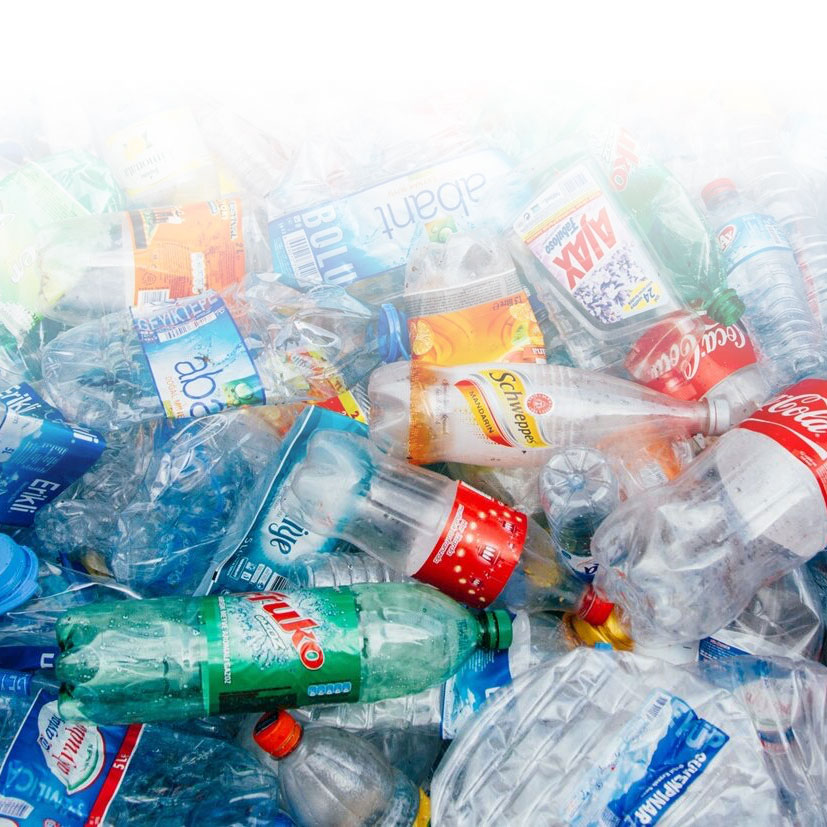
Recycle
Ripensare, Rifiutare, Ridurre, Riusare, Riproporre ...“Nothing is created,
Antoine-Laurent de Lavoisier
Rethink
Rethinking our way of life; we exaggerated on consumption and, consequently, on waste, and it can no longer be ignored that the reduction of environmental pollution is now an obligation.
To reduce waste, in a perfect world, it would be enough not to create it.
Reduce
The environment in which we live is a primary asset, and among the fundamental rules for being able to safeguard it, in addition to non-essential consumption,
there is the physics of reuse and recycling.
Recycling
Recycling waste correctly means preserving the environment and recognizing its value.
Reuse
Discard today, resource tomorrow.
The reuse and recycling of materials and objects must be included in a vision of circular economy so that they function to generate even up to self-support.
It is an opportunity to be exploited, now more than ever.
In this era focused on consumerism, we are slowly returning to have
more attention towards the planet for a more sustainable future.
The eco project is based on the use of
completely recycled materials to obtain
recyclable and biodegradable fabrics
Recycling basically means transforming post-consumer objects into materials that can be reborn within a new production cycle.
We are ready to face this journey towards the development of sustainable materials with the Eco project, a green collection in which recycled fibers
are the focus of a production that aims at sustainability in every phase, up to the disposal of the product.
To improve the planet we have to start thinking that any object can live for always: just make sure that it is recycled or regenerated.
You can therefore reduce the quantities of waste sent to waste landfills and conserve natural resources such as water and minerals.
The advantages of an eco-sustainable production
Can polyester be sustainable?
Yes, when it comes to recycled polyester.
Recycled polyester (r PET), despite its synthetic origins, can be considered one of the most sustainable textile fibers ever for its potential characteristics of the “cradle-to-cradle” type: this means that a plastic bottle could be recycled to make it a garment of clothing which then in turn could be recycled again to make it into a plastic bottle and so on.
We can not only be limited to aesthetics, but must also learn to use natural resources intelligently, without waste and without damaging the planet.
Today 20 times more plastic is used than we did 50 years ago and this has become a huge problem for the environment, so we think it is necessary to optimize the life of the plastic by reusing and recycling the articles as many times as possible.
So why create plastic from scratch by continuing to produce and accumulate it, instead of using what is already around us?
Environmental impacts and the consequent continuous efforts to reduce them have always been our priority.

Pet recycling
First of all, the facts: PET is the chemical polyethylene terephthalate, commonly known as polyester.
The prefix with an R indicates that the polyester contains recycled content.
Content may contain pre-consumer waste (factory cutouts) or post-consumer (e.g. plastic bottles).
PET is considered a highly recyclable plastic, it can be 100% recycled and offer the market new eco-sustainable products with excellent qualities.
However, it can be really hard to collect clean, high quality plastics!
This means very few PET containers can re-enter the cycle as food-grade containers.
Less than half of plastic bottles purchased each year make it to recycling facilities.
Only around 7% of those recycled are turned back into usable bottles.
Used PET containers can be washed and re-melted into plasma, from which new items can be crafted.
Manufacturers may not always be able to turn all salvaged plastic into new containers, but these other plastics may find a new calling as recycled polyester fabric, or rPET.
During the recycling process PET does not substantially loose its characteristics;
it can therefore be repeatedly reworked to create high value recycled polyester products.
PET is 100% recyclable without harmful emissions.
Recycled PET is environmentally friendly
recycle PET reduce corporate carbon dioxide emissions:
up to 3 kg of CO2 are saved per kilogram of recycled PET!
Recycle o Regenerate?
This is the difference between the two processes.
The main difference between recycling and regenerating is all in the energy that is used. In fact, recycling involves more energy expenditure as the product it is destroyed during the process.
Regeneration instead does not involve the destruction of the material and for this reasonit is more energy efficient.
The regeneration process to produce regenerated fabrics involves the reuse of post-consumer waste and wastes, where in most cases a mixing of the different fibers (cotton, linen, viscose, polyester, ..) has already taken place, for example from finished garments shredded and frayed and finally used for the production of already dyed yarn, without 100% guarantee of composition.
Regenerating a product allows it to have a new life, a new shape and especially a new purpose.
Another category is that of recycled fabrics, produced with pure cotton waste that are generated during the preliminary processes of processing and transformation of the fibers:
by virtue of this, the recycled cotton yarn gives a guarantee of blending, dyeing and stable technical specifications, also because it can be mixed with virgin cotton fibers.









